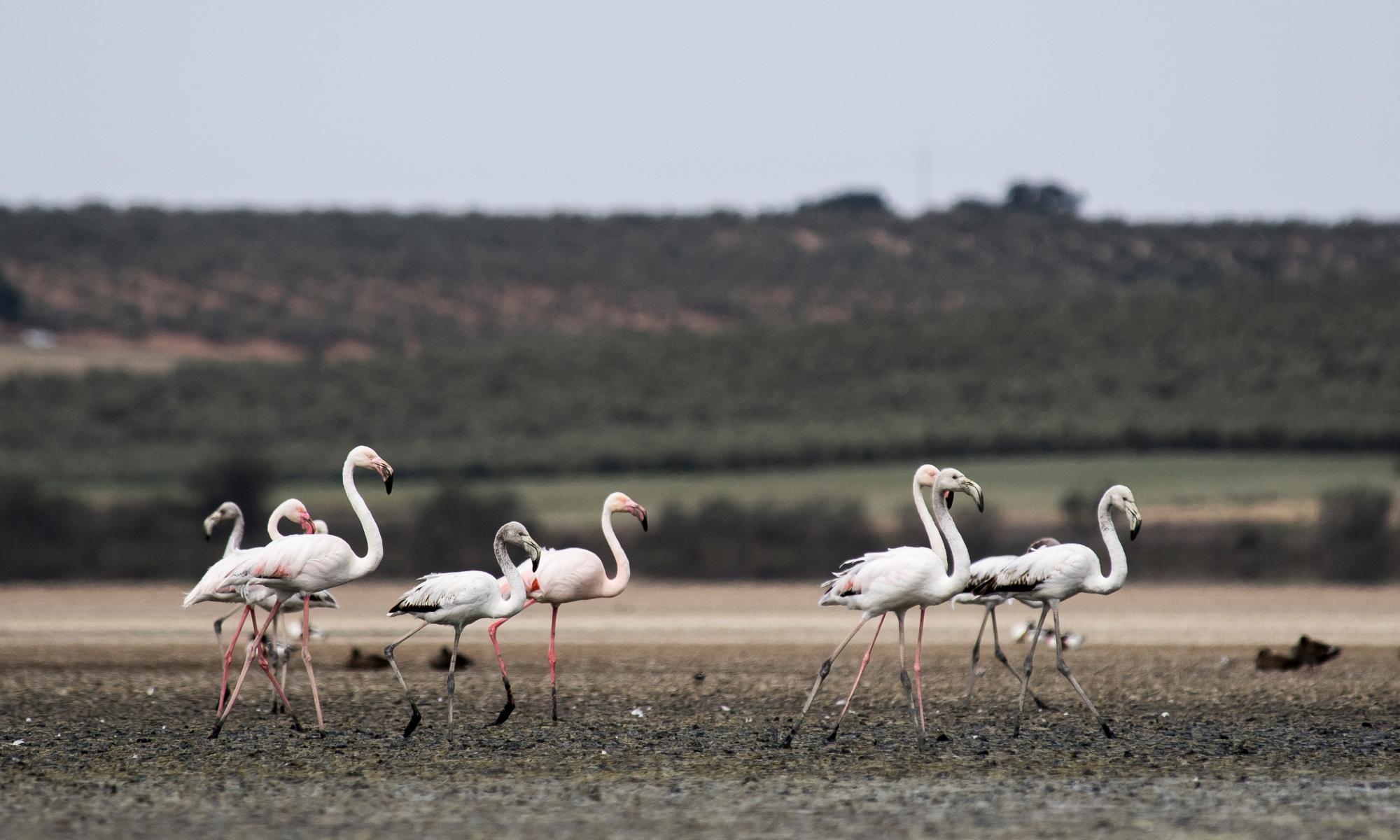Queensland conservationists are celebrating a state budget with unprecedented funding for new national parks, but others are outraged it “does nothing” to address the climate emergency.
On Tuesday, the Palaszczuk government committed $262.5m to protecting more land for nature. That included $200m for expanding the national park estate, a figure the World Wide Fund for Nature described as the largest single investment in national parks acquisition in the state’s history.
Dr Stuart Blanch, a conservation scientist at WWF Australia, said the money was “a massive step in the right direction” towards addressing the fact that a state home to “such amazing wildlife and ecosystems” had the least developed network of protected areas in Australia.
“The 2020 national assessment of protected areas found only 8.71% of Queensland is within protected or conserved areas,” Blanch said.
“This figure pales in comparison to [figures of] 42.3% in Tasmania, 24.9% in the Northern Territory and 23.3% in Western Australia.”
The Queensland government has a protected area target of 17%.
But the director of the Queensland Conservation Council, Dave Copeman, said until this point there simply had not been the money to achieve that target.
“The big problem has been that we haven’t had enough money to buy land as suitable places that could be protected come on to the market,” he said. “Now we do.”
Though dominated by big-ticket spending in response to the pandemic and planning for the 2032 Brisbane Games, Copeman said the funding for national parks would provide this budget’s longest-standing legacy.
“When Covid and the Olympics are trivia questions, the areas protected by this funding will be visited by our grandkids,” he said.
Copeman said it was critical that money be spent on buying land that would allow species to adapt to a changing climate.
“If we want to avoid mass extinction, we need to protect habitat that acts as climate refugia,” he said. “That could act as the lifeboats for threatened species that keeps them alive as the temperature warms.”
Just how effectively that money is used, however, would be determined over the course of a decade or more, with land to be bought as it hits the market.
A far easier assessment to make, according to the Australian Conservation Foundation’s Jason Lyddieth, was the budget’s commitment to confronting the climate crisis.
“There is nothing for climate in this budget,” the Brisbane-based climate and energy campaigner said.
“Considering that we’ve had devastating floods in the last six months, another coral bleaching event – the first time that’s ever happened in a La Niña year – and that we are seeing the climate starting to impact Queensland really badly, the fact that there is no spending on climate change is outrageous.”
Lyddieth said the Palaszczuk government had gone to three elections promising climate action but had still “not delivered” – instead expanding the coal and gas industry.
“They’re walking both sides of the fence, and that is going to be disastrous for us,” Lyddieth said.
Unveiling the budget on Tuesday, the state treasurer, Cameron Dick, listed the government’s achievements in transitioning the economy to renewable energy, including the National Battery Testing Centre at Banyo and proposed Borumba Dam pumped hydro scheme.
Dick flagged “many more exciting announcements to come” when the government releases its 10-year energy transition plan later this year.
But Lyddieth said “significant spending on renewables” and a “whole of economy” energy transition was needed now, and putting it off for a 10-year plan was “not good enough”.
Describing the 2030 emissions reduction target as “the one that matters”, Lyddieth said the sunshine state was “way behind” the rest of the country.
Queensland’s current target is for a 30% emissions reduction below 2005 levels by 2030. Victoria and New South Wales are aiming to halve emissions in the same period, while the Albanese government recently raised Australia’s 2030 reduction commitment by 15% to a target of 43%.
“It’s now completely untenable for Queensland to have such a weak target that is so out of line with the science and the rest of the country,” Lyddieth said.


